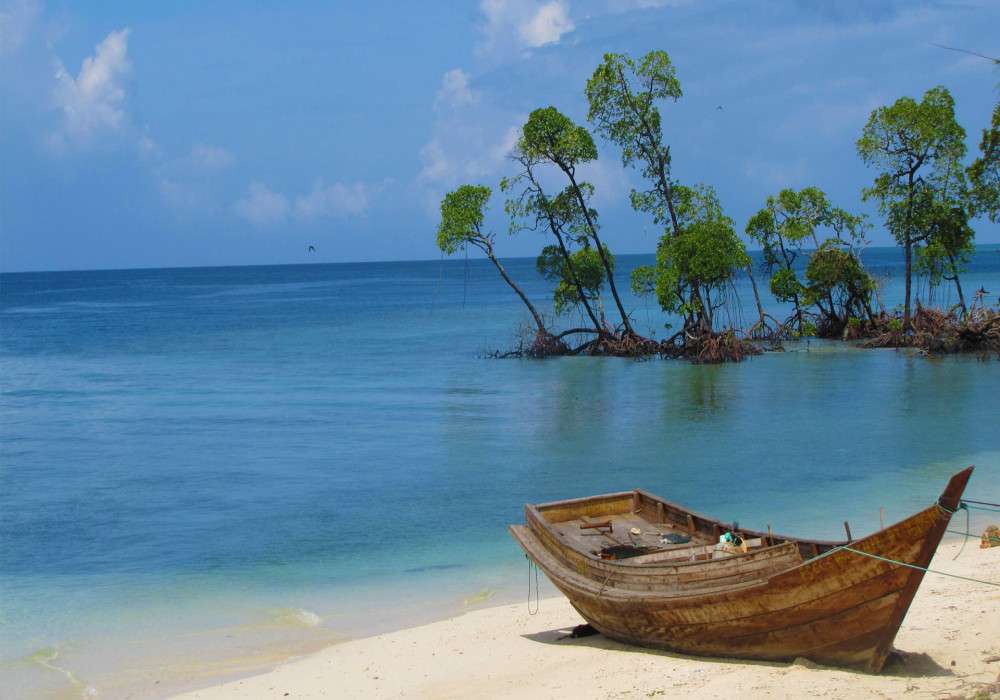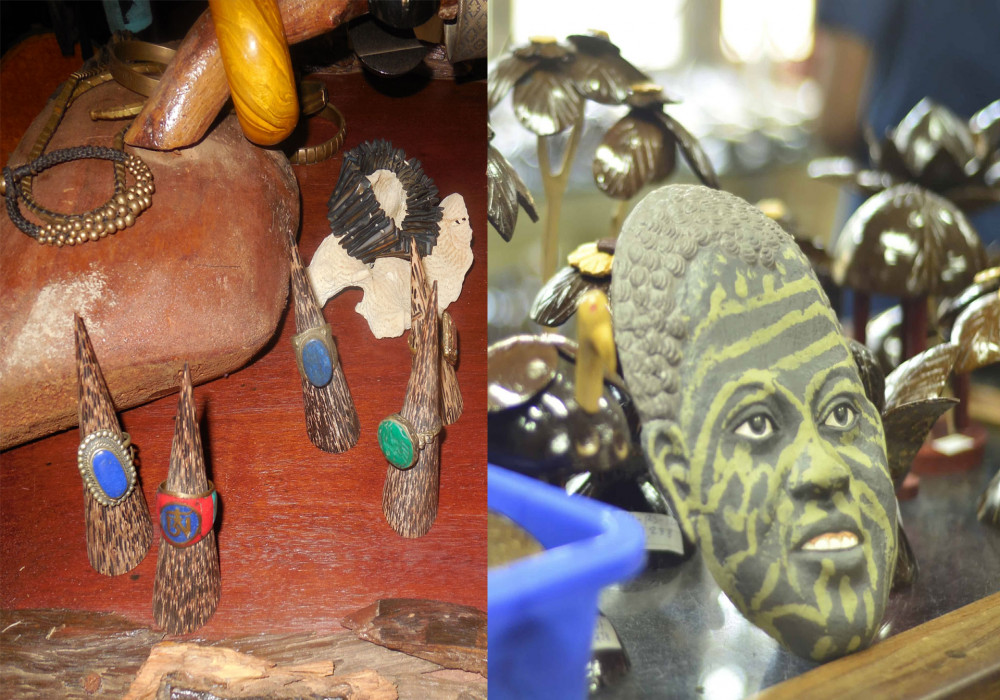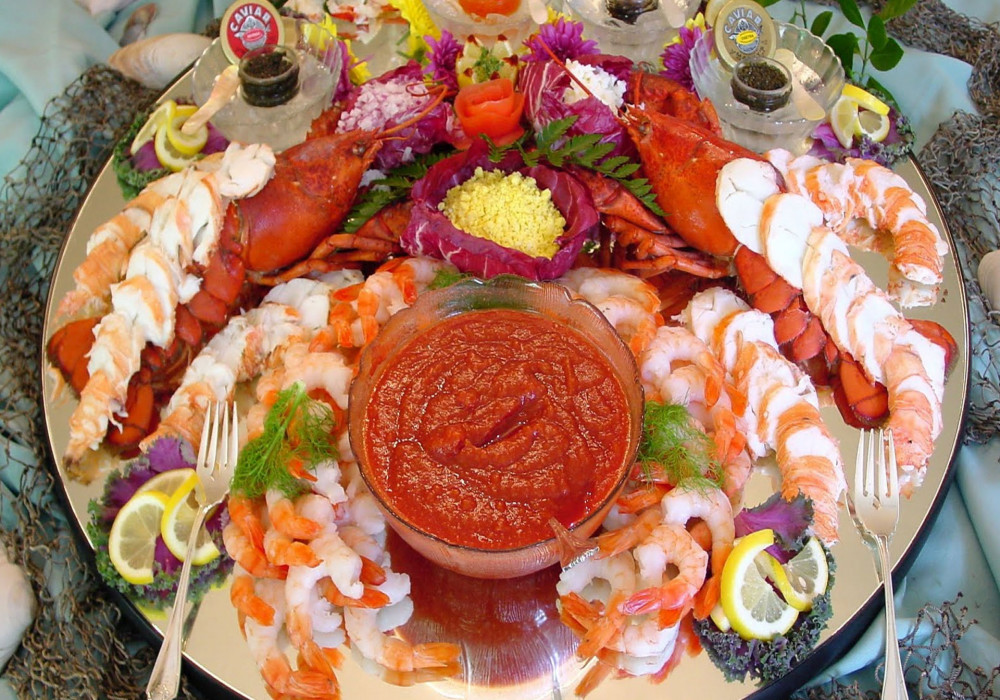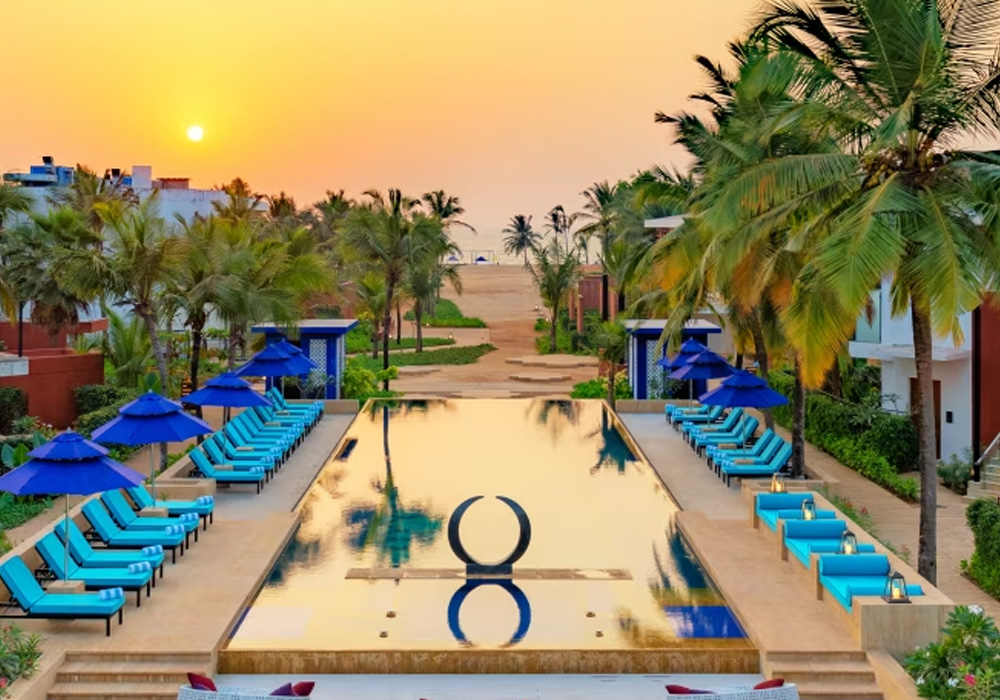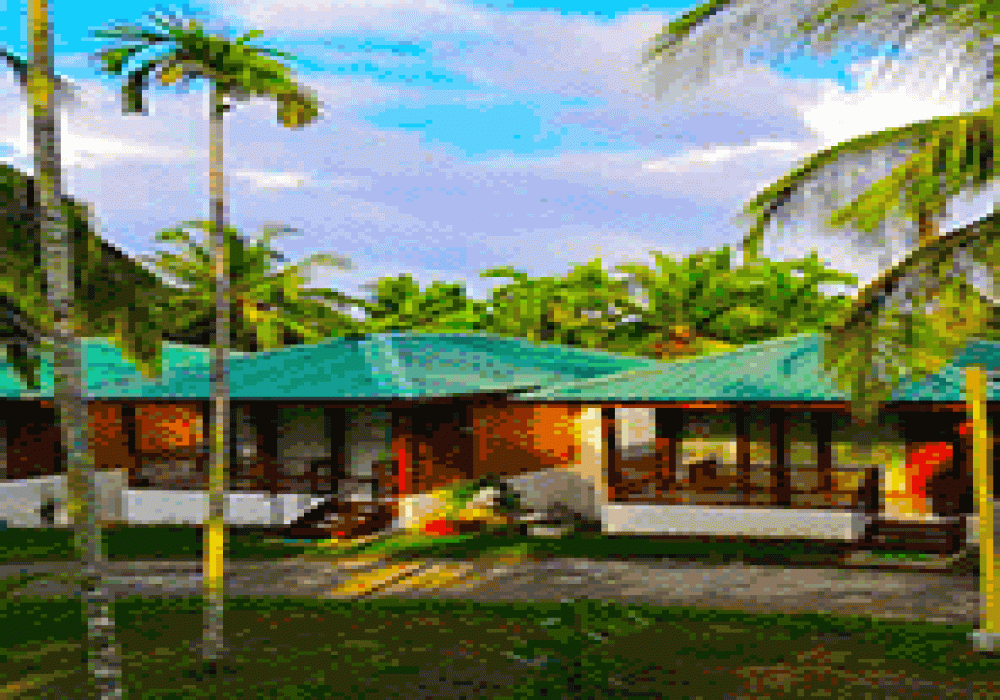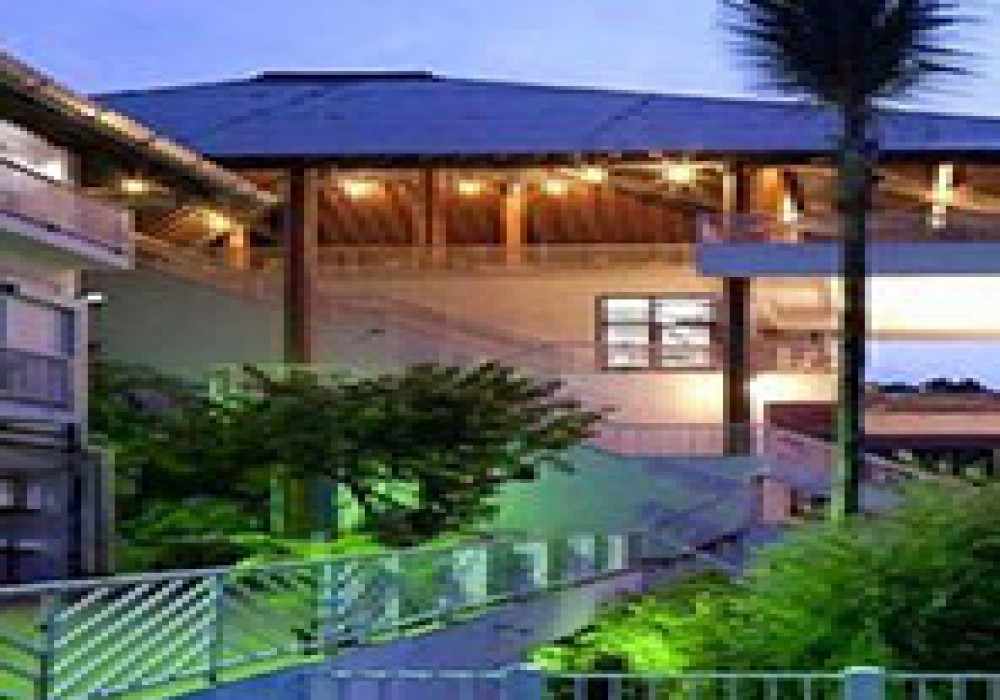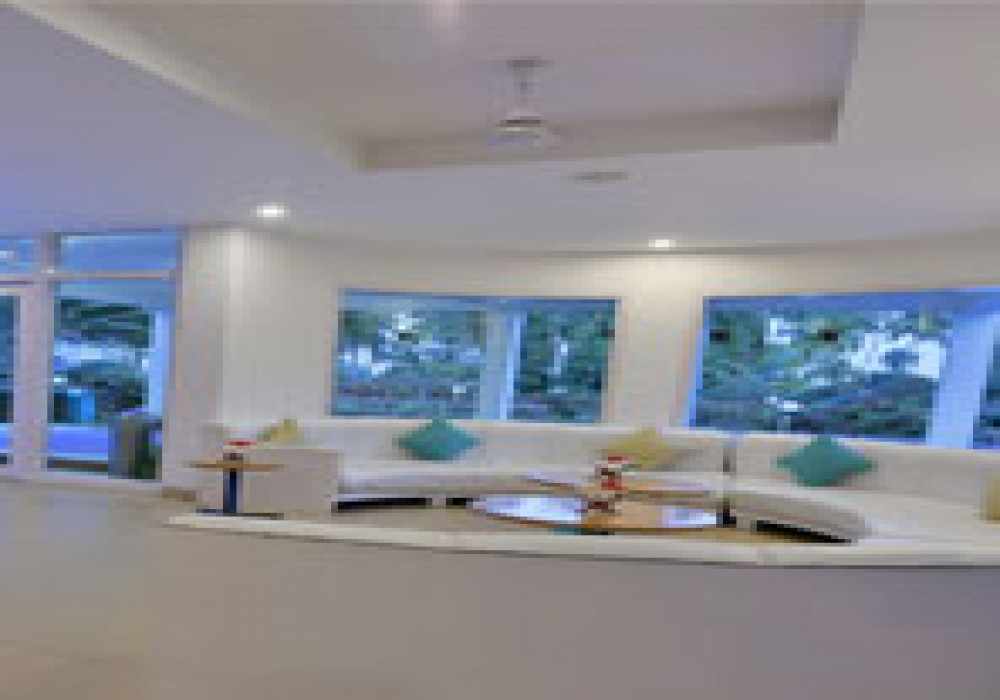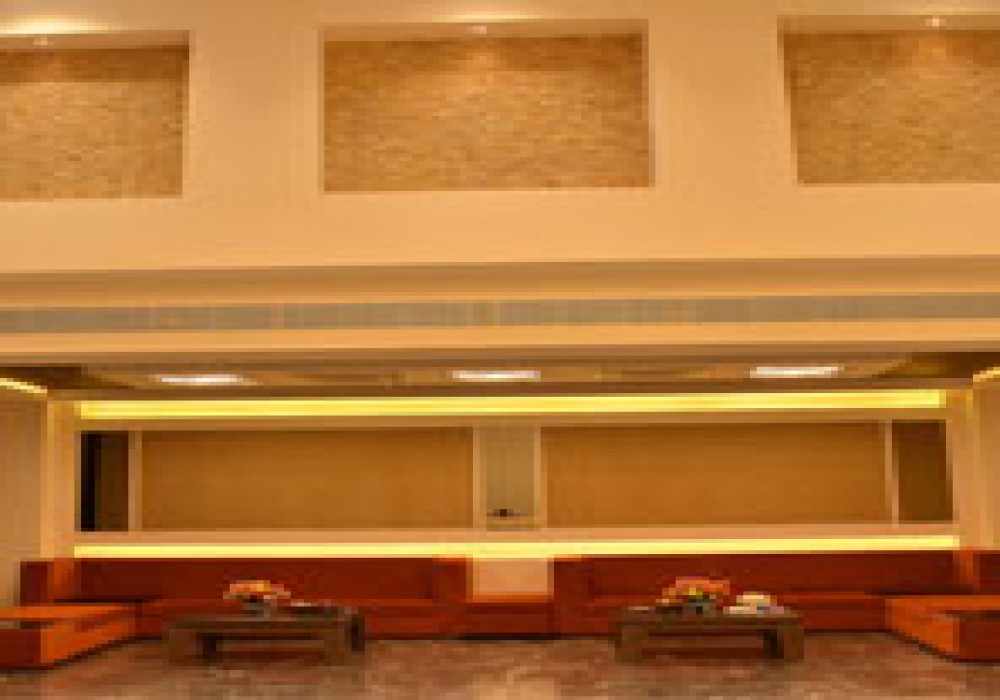The Andaman and Nicobar Islands are truly a paradise for tourists, offering a perfect blend of natural beauty, cultural richness, and thrilling activities. With stunning views, crystal-clear waters, and pristine beaches, these islands provide an ideal escape for nature lovers. For food enthusiasts, the delicious and fresh seafood is a culinary delight, while adventure seekers can indulge in daring water sports like snorkelling, scuba diving, and jet skiing. The islands also boast adventurous trekking routes, leading you through lush greenery and scenic landscapes.
Read More : Snorkelling In Andaman
In addition to their natural wonders, the Andaman and Nicobar Islands are home to fascinating historical structures, such as the iconic Cellular Jail, which reflects the colonial past. Rich biodiversity, including rare species of flora and fauna, enhances the ecological significance of these islands. Moreover, the fusion of various cultures, influenced by settlers from different parts of India and beyond, adds to the unique diversity of the region. Port Blair, the capital of the islands, serves as a gateway to exploring the nearby islands, each offering its own treasure trove of amusement, tranquillity, and immaculate beauty. Whether you're seeking relaxation, exploration, or adventure, the Andaman and Nicobar Islands offer an unforgettable experience for every type of traveler.
History of Andaman and Nicobar Islands
Not much has been documented about the history of Andaman and Nicobar. However, historians have connected the legends and theories, and it is known that the islands have always been inhabited by indigenous tribes like the Andamanese, Onges, Sentinelese, Shompens, and Jharwas. These tribes managed to survive over time and are still very much a part of the islands today.
During the mediaeval period, the islands were a part of the Chola dynasty, whose rulers used it as a naval base to carry out expeditions to foreign lands. At the end of the mediaeval period, it became the colony of the Danish and later the Britishers. Britishers used the islands to put the political prisoners in Cellular Jail, which is today a UNESCO World Heritage Site. Andaman and Nicobar became a part of the Republic of India in 1950 and was made a Union Territory in 1956.
Read More : Tourist Places To Visit In Andaman
Andaman And Nicobar Culture
The culture of the Andaman and Nicobar Islands is rich and diverse, made up of a mix of native tribes and people who settled on the islands long ago. Some of the native communities include the Negrito tribes in the Andaman Islands, as well as the Shompen and Nicobarese, who are of Mongoloid descent, living in the Nicobar Islands.
In addition to these indigenous groups, there are people from other parts of India who have brought their own traditions and customs to the islands. Many Bengalis, Tamils, and Christians have made the islands their home, adding their unique cultural practices and celebrations. This blending of cultures has created a vibrant and colourful Andaman and Nicobar tradition, where customs from various regions come together to form a unique cultural tapestry.
Many festivals celebrated in mainland India are also observed in Andaman and Nicobar Islands culture, such as Durga Pooja, Diwali, Shivratri, Ganesha Chaturthi, Guru Nanak Jayanti, Holi, Christmas, and Ramzan. In addition to these mainstream festivals, many annual fairs are organised for tourists' amusement, such as the Island Tourism Festival, Beach Festival at Corbyn’s Cove Beach, Monsoon Music Festival in Port Blair, and a 3-day Andaman Film Festival.
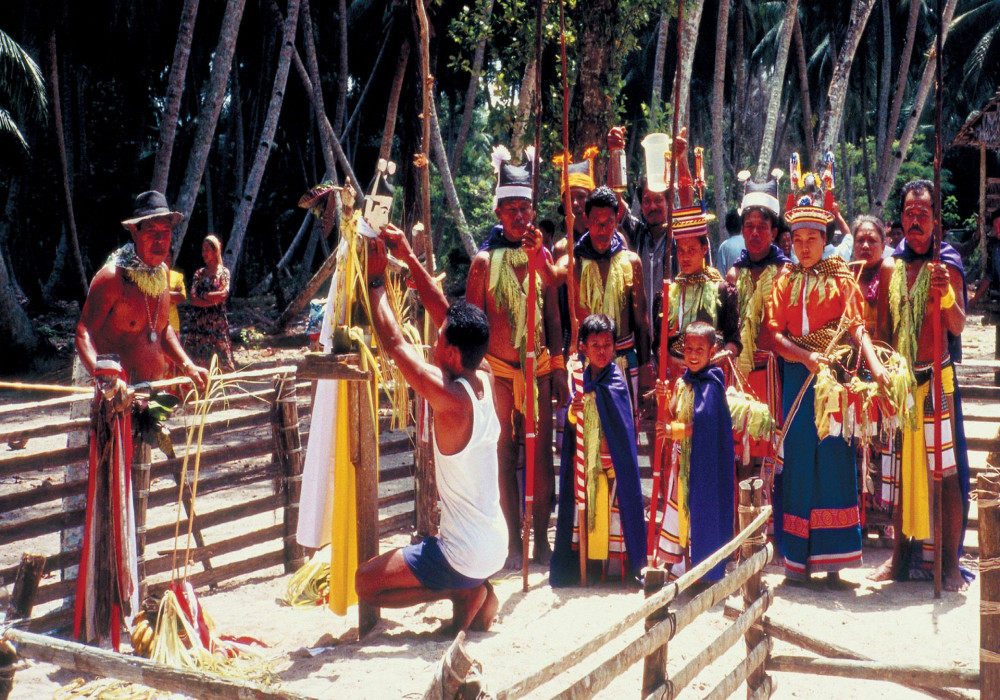
Music, Dance, and Storytelling
Many festivals celebrated in mainland India are also observed in Andaman and Nicobar Islands, such as Durga Pooja, Diwali, Shivratri, Ganesha Chaturthi, Guru Nanak Jayanti, Holi, Christmas, and Ramzan. In addition to these mainstream festivals, many annual fairs are also organized for the amusement of tourists, such as the Island Tourism Festival, Beach Festival at Corbyn’s Cove Beach, Monsoon Music festival in Port Blair, and a 3-day Andaman Film Festival.
The islands’ music and dance traditions are deeply rooted in tribal customs. The Nicobari Dance, performed during the Ossuary Feast, is one of the oldest traditions, paying respect to departed ancestors. Other folk dances and music reflect the tribes' deep connection with nature and history. At night, beach bonfires become storytelling sessions, where elders narrate ancestral tales, enriching the cultural experience for tourists
Art And Handicrafts Of Andaman And Nicobar
The art and craft of the Andaman and Nicobar Islands are admired worldwide for their finely crafted and creative artefacts. Tourists always take away shell-made items, handmade bamboo products, cane items, wooden decor products, palm mats, and a lot more as souvenirs. The beaches at the islands have shops and stalls where local artisans sell their hand-crafted items at economical prices.
Food of Andaman and Nicobar
The Food of Andaman and Nicobar Islands has a Bengali influence as this community is a majority demographic. Due to this, tourists will find fish curry and Macher Jhol majorly in all the restaurants. Besides the Bengali cuisine, you can relish seafood like Grilled Lobsters, Coconut Prawn Curry, Tandoori Fish, chilli curry, Amritsari Kulcha, and Barbeque Food. In addition to food, the restaurants and the cafes serve some soul-refreshing mocktails and cocktails that are hard to resist. The eating joints comprising beachside shacks and restaurants host some happening parties where you will groove to the beats while delighting your taste buds.
How To Reach Andaman And Nicobar Islands?
Following are the best routes to consider -
By Air - The capital of the Andaman Islands, Port Blair, is reached by daily flights from a number of cities, including Bangalore, Hyderabad, Delhi, Mumbai, Kolkata, and Chennai. Daily flights are operated by airlines including Air India, GoAir, IndiGo, Spicejet, and Vistara out of the Veer Savarkar International Airport in Port Blair.
By Sea - You can also get to the Andaman and Nicobar Islands by ship. Cargo ships leave from Chennai, Kolkata, and Visakhapatnam to Port Blair’s Haddo Jetty. Travelling by boat can be fun, but it's not always easy or comfy because it takes a lot of time. Weather and sea conditions can also make the trip longer.
For International Visitors - Foreigners can come by air to major Indian cities like Bangalore, Hyderabad, Delhi, Mumbai, Kolkata, and Chennai, from there take a domestic flight to Port Blair. No direct international flight services have been provided to Port Blair.
Activities and Must-Visit Places In Andaman And Nicobar Islands
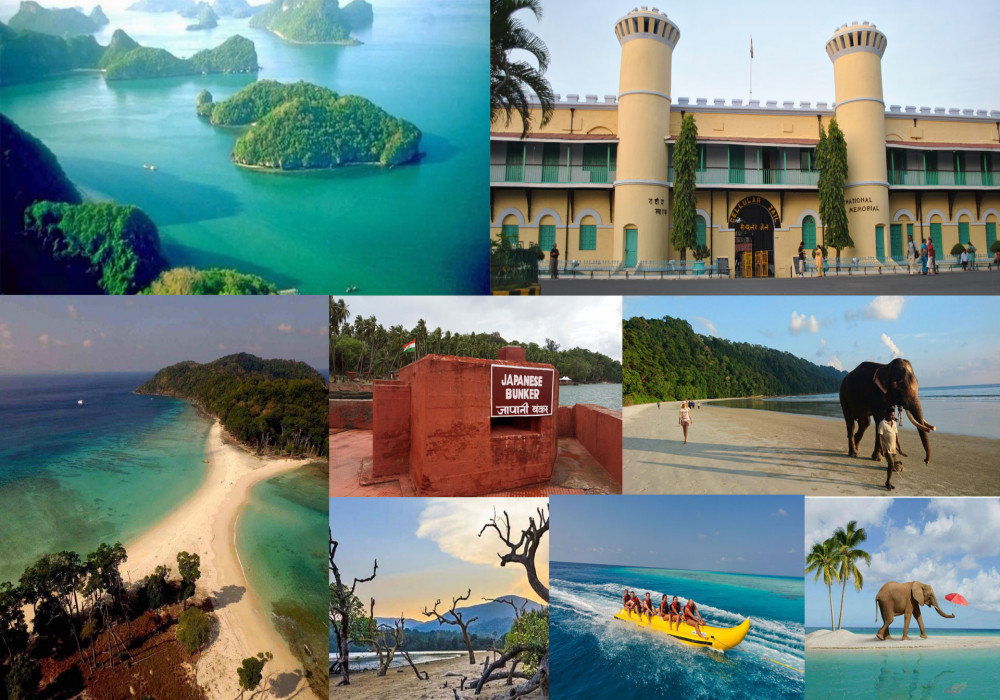
- Dive into the sparkling azure water to explore the underwater world at Cinque Island.
- Feel the uncanny air that surrounds the Cellular Jail, a UNESCO World Heritage Site. The spine-chilling stories about the prisoners mentioned in the history books will come alive here.
- If you like turtles, then admire them nesting at Diglipur Island.
- Let history unfold in front of you at the Japanese Bunkers in Port Blair, built during World War 2.
- Times Magazine titled Radhanagar Beach in Havelock Island the best beach in Asia. It is one of the most visited beaches in Andaman and Nicobar.
- Witness the rich biodiversity of Saddle Peak National Park and capture its mesmerising views with your lenses.
- A trip to Andaman and Nicobar without indulging in daring water sports is a waste! Experience the adrenaline rush in Banana Boat Ride, Scuba Diving, Glass Bottom Boat Ride, Parasailing, Sea Plane Ride, Sea walking, and Submarine Ride at North Bay Beach, Neil Island, Havelock Island, or Radhanagar Beach.
- Elephant Beach is another intriguing destination known for its spectacular scenic vistas and water sports, such as snorkelling and scuba diving.
- Bird watchers from around the world arrive at Chidiya Tapu, which is home to numerous species of birds, including sea eagles, emerald doves, parakeets, and many more.
- Don't miss out on mud volcanoes on your trip! It sounds bizarre, but it's true. The volcanoes are located in Diglipur and never fail to attract tourists' attention.
Read More : Things To Do In Andaman
Andaman and Nicobar Islands have myriad exotic holiday beaches that you can never have enough of in one visit! If you ever arrive in the Andaman and Nicobar Islands, you will come back again to listen to the calmness at the shoreline, escape to the bygone era with its dilapidated structures, and be a part of its vibrant culture and festivities.
Experience the culture and tradition of the Andaman and Nicobar Islands, blending rich indigenous heritage with tropical beauty and serene coastal charm. From the rhythmic beats of tribal dances to the tantalising flavours of local cuisine, immerse yourself in this captivating cultural mosaic. Explore the diverse heritage and rich history of Andaman and Nicobar Island culture, a treasure trove of traditions waiting to be discovered.
Plan your trip with Adotrip today. Enjoy a wealth of information, end-to-end travel assistance and BOOK Flights, Hotels, and Tour Packages under one roof.
With Adotrip, nothing is far!
Read More : Best Time To Visit Andaman And Nicobar Islands
Frequently Asked Questions About Andaman and Nicobar
Q1. What is the culture of the Andaman and Nicobar Islands?
A1. The culture of the Andaman and Nicobar Islands is diverse and rich, influenced by the indigenous tribes, settlers from the Indian mainland, and various other ethnic groups. It encompasses unique traditions, languages, music, dance, cuisine, and festivals, reflecting the island's multicultural heritage.
Q2. What is the food culture of the Andaman and Nicobar Islands?
A2. The food culture of the Andaman and Nicobar Islands is a delightful fusion of various culinary traditions, including indigenous recipes and South Indian, Bengali, and Burmese influences. Seafood plays a prominent role in their cuisine, with popular dishes like fish curry, crab masala, and prawn biryani. Coconut, spices, and tropical fruits feature prominently, offering a unique gastronomic experience reflective of the island's diverse heritage.
Q3. What are the traditions of the Andaman and Nicobar Islands?
A3. The islands of Andaman and Nicobar are almost a mosaic of ancient cultures, with lively dances, crafts, and rituals that are inherently connected to the heritage of tribal people and blooming nature.
Q4. How can tourists best experience the local culture of the Andaman and Nicobar Islands?
A4. Village tours, tribal festivals, museums on the islands, and getting busy with the traditional arts of weaving and pottery—all make for opportunities to get submerged in the local culture. At the same time, local guides help to get to the depths of the history and tradition of the natives.
Q5. Which are the popular festivals in the Andaman and Nicobar Islands?
A5. Festivals organised in these Islands are the Island Tourism Festival, Subhash Mela, and Monsoon Festival—full of bright performances, music, and dance along with local crafts to give one a feel of cultural mixing in the area and to celebrate the uniqueness of the island vibes.

